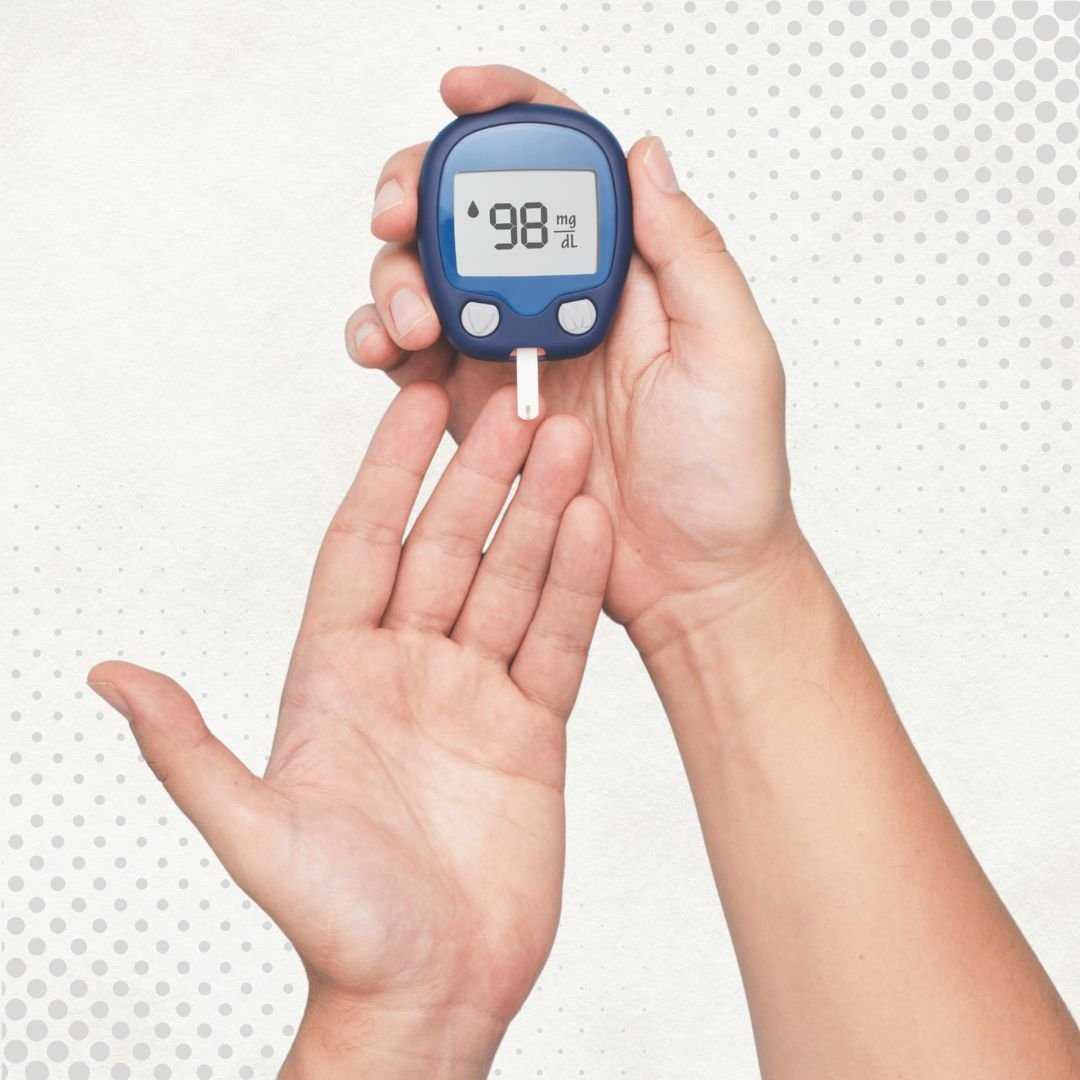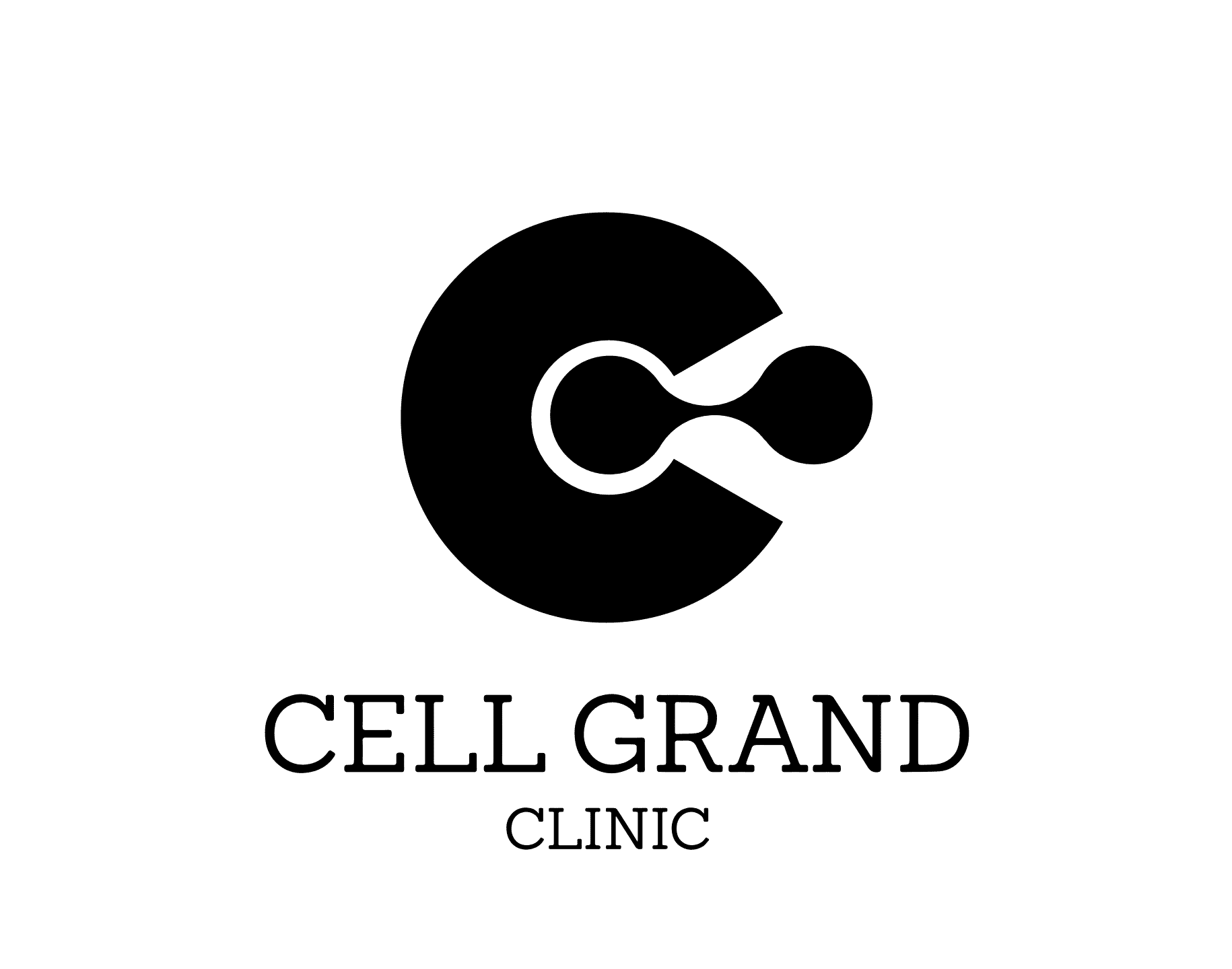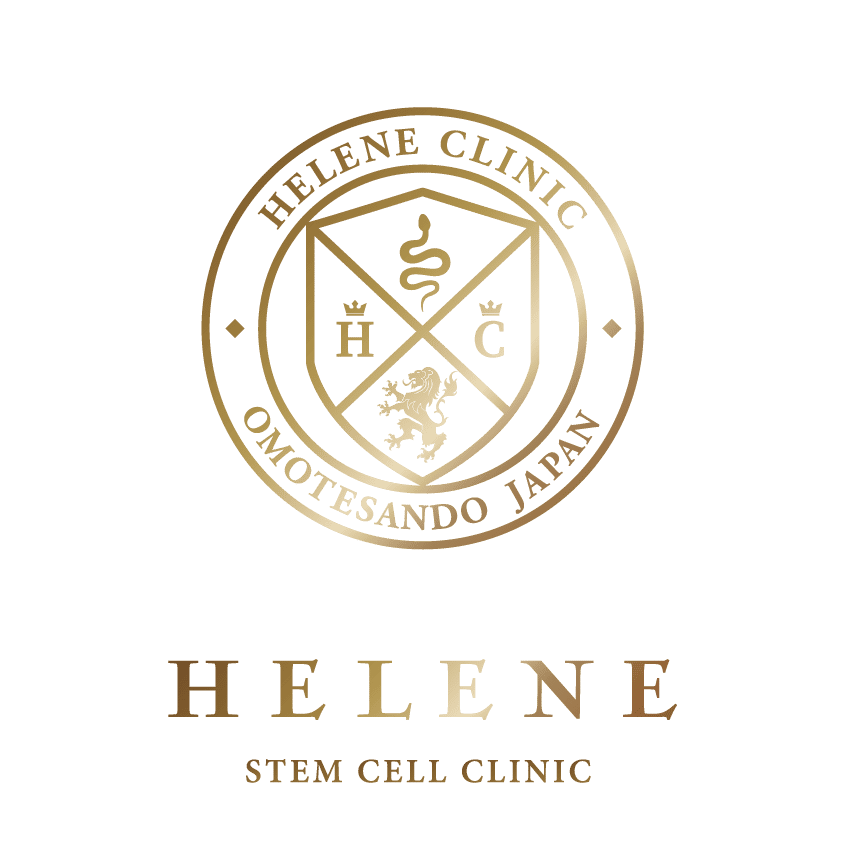Why Japan Leads the World in Meniscus Stem Cell Innovation
If you are researching stem cell therapy for a torn meniscus, you have likely hit a wall of conflicting information. In many Western countries, "stem cell therapy" often refers to a simple same-day procedure where a small amount of bone marrow is harvested and reinjected immediately. While helpful, this approach is often limited by the low number of stem cells available in a single harvest. Japan, however, has taken a completely different path.
Thanks to the groundbreaking "Act on the Safety of Regenerative Medicine" passed in 2014, Japan has created a regulatory environment that allows for the safe culturing and expansion of stem cells. This means doctors can take a tiny sample of your tissue, grow the cells in a lab for weeks, and multiply them into the hundreds of millions before injecting them. This "dosage" difference is massive—like comparing a garden hose to a fire hose.
But it goes beyond just numbers. Japanese researchers at institutions like Tokyo Medical and Dental University and Osaka University are pioneering entirely new technologies, such as Synovial Mesenchymal Stem Cells (which mimic the knee's natural environment) and scaffold-free synthetic tissues that can patch holes in the meniscus without artificial glue. In this post, we will dive deep into just how advanced these technologies are and whether they are the right solution for your knee injury.
What makes Japan's technology "advanced" compared to the US?
The definition of "advanced" in regenerative medicine often comes down to cell count and viability. In the United States, the FDA generally classifies expanded stem cells as a drug, requiring years of clinical trials before they can be sold. Therefore, most US clinics perform "point-of-care" procedures: they extract cells and reinject them typically within the same hour. The result is a "soup" that contains very few actual stem cells (often fewer than 50,000).
In Japan, the technology focuses on Cell Processing Centers (CPCs). These are high-tech, sterile laboratories where your cells are fed and nurtured for 3 to 5 weeks. During this time, they multiply exponentially. When you return for your injection, you are receiving a pure, concentrated dose of 100 million to 200 million Mesenchymal Stem Cells (MSCs). This massive volume is crucial for the meniscus, a tissue with very poor blood supply that needs a powerful signal to initiate repair.
Furthermore, Japanese technology allows for the preservation of cell "stemness." In lower-quality culturing, cells can age and lose their potency. Japanese protocols use proprietary mediums to ensure the cells remain young and active even after expanding to huge numbers.
What is the "Synovial Stem Cell" breakthrough?
Most commercial stem cell clinics around the world use Adipose (fat) tissue because it is easy to harvest. However, advanced research from Tokyo Medical and Dental University has shown that Synovial MSCs—stem cells found in the lining of the knee joint itself—might be the "holy grail" for meniscus repair. [Image of synovial membrane knee joint diagram]
The logic is biological: Synovial cells are already programmed to support the joint environment. Studies have shown they have a higher capacity to differentiate into cartilage cells (chondrogenesis) and attach to the meniscal defect than cells taken from belly fat. Leading pharmaceutical companies in Japan, like Fujifilm, are currently conducting Phase III clinical trials (such as the FF-31501 trial) using these specific synovial cells. This represents a shift from "general" stem cell therapy to "tissue-specific" regenerative medicine.
What is "Scaffold-Free" Tissue Engineering?
One of the biggest challenges in repairing a meniscus is getting the new cells to stay in the hole. Traditional methods often use a "scaffold"—a sponge-like material made of collagen or plastic—to hold the cells in place. However, scaffolds can sometimes cause inflammation or fail to integrate with the body.
Osaka University has developed a revolutionary "Scaffold-Free Tissue Engineered Construct" (TEC). By using special culture vessels and fluid dynamics, they can encourage stem cells to naturally clump together and form their own 3D structure—essentially a "patch" made entirely of living cells and their own natural proteins.
This "living patch" is then surgically placed into the meniscal tear. Because there is no foreign material (plastic or cow collagen), the integration with the patient's native tissue is exceptionally smooth. This technology is currently moving through advanced clinical trials and represents the cutting edge of what is biologically possible.
What are the success rates for meniscus repair in Japan?
It is important to manage expectations: "success" does not always mean a brand-new knee. However, the data coming out of Japan is compelling. For the high-dose cultured treatments, clinics report that approximately 70% to 80% of patients experience significant improvements in Lysholm scores (a scale measuring knee stability and pain) within 6 to 12 months.
For the specific Synovial MSC trials, results have shown that these cells can actually promote the healing of "intrasubstance" tears—types of damage that were previously thought to be impossible to heal because they are deep inside the tissue. MRI follow-ups in these studies often show the disappearance of the white "signal intensity" that indicates a tear, suggesting true structural repair is happening, not just pain masking.
How much does advanced meniscus therapy cost in Japan?
Advanced technology comes with a higher price tag. Unlike a simple 30-minute procedure, the process in Japan involves weeks of laboratory work by skilled technicians. Below is a breakdown of what you might expect to pay for these advanced protocols compared to other regions.
| Region | Estimated Cost (USD) | Cell Count & Technology |
|---|---|---|
| Japan (Private Clinic) | $6,500 - $15,000 | 100M+ Cultured Adipose or Synovial MSCs |
| Japan (University Trial) | Varies / Funded | Experimental Scaffold-Free / Synovial Tech |
| United States | $5,000 - $10,000 | < 50k Non-Cultured Bone Marrow Cells |
| Mexico | $3,500 - $8,000 | 100M+ Cultured Cells (Similar tech, less regulation) |
Keep in mind that the higher cost in Japan also pays for the rigorous safety testing required by the Ministry of Health, Labour and Welfare, ensuring you aren't getting contaminated or non-viable cells.
Is the technology safe and regulated?
The "Wild West" days of stem cells don't exist in Japan. The Act on the Safety of Regenerative Medicine categorizes treatments by risk level. Meniscus repair using stem cells is generally considered Class II (medium risk). This means every clinic must submit a detailed plan to a certified committee for approval before they can treat a single patient.
Furthermore, the Cell Processing Centers are inspected to standards similar to pharmaceutical factories. They test for bacteria, viruses, and endotoxins at multiple stages of the culturing process. This level of oversight provides a safety net that is rare in the global medical tourism market.
Who is the ideal candidate for this advanced therapy?
Advanced Japanese stem cell therapy is best suited for patients who are in the "treatment gap"—their injury is too severe for physical therapy but they want to avoid removing the meniscus (which leads to arthritis later in life). It is particularly effective for:
- Degenerative Tears: Common in patients over 40, where the tissue is fraying.
- Partial Tears: Where the structure is still intact but damaged.
- Failed Surgeries: Patients who still have pain after a previous meniscal repair.
However, if your meniscus is completely detached (bucket-handle tear) and flipping into the joint, you may still require a mechanical fixation (suture surgery) first, potentially followed by stem cells to accelerate the healing.
Interested in Japan's Advanced Stem Cell Options?
Connect with top licensed clinics in Tokyo and Osaka to see if you are a candidate for high-dose meniscus repair.

.png)
.png)




.jpg)
.jpg)
.jpg)






Share this listing